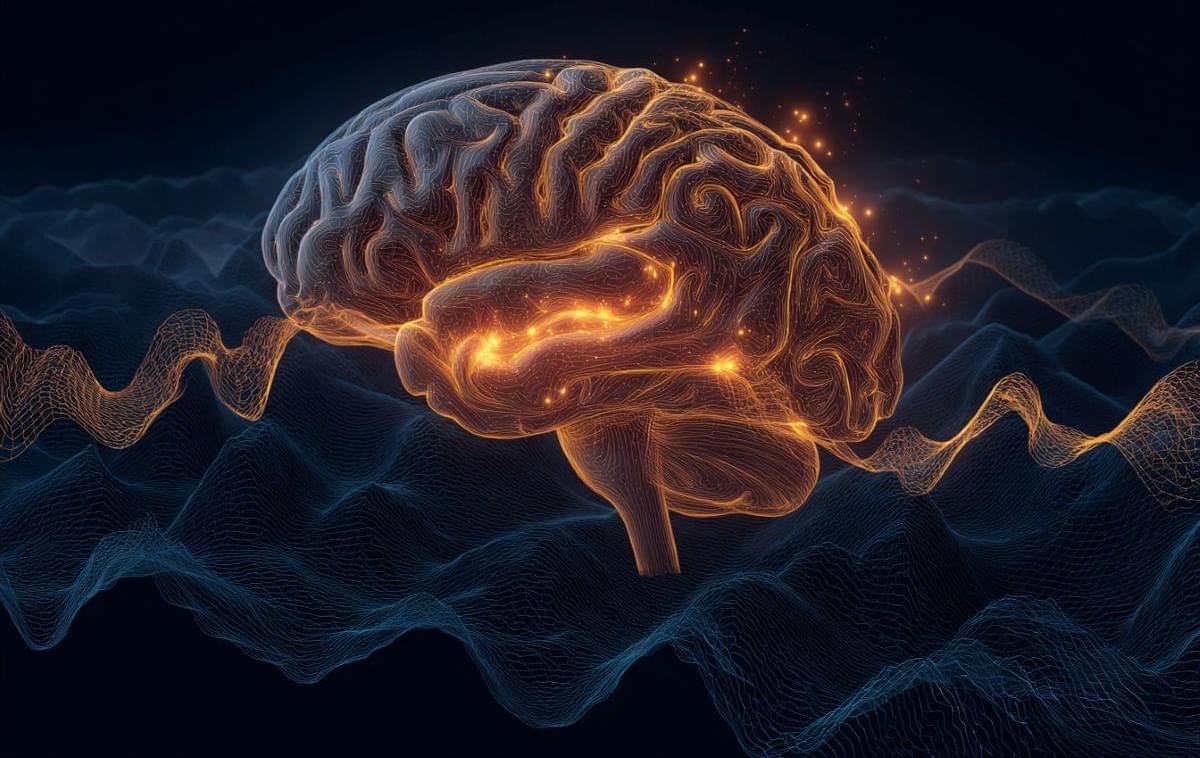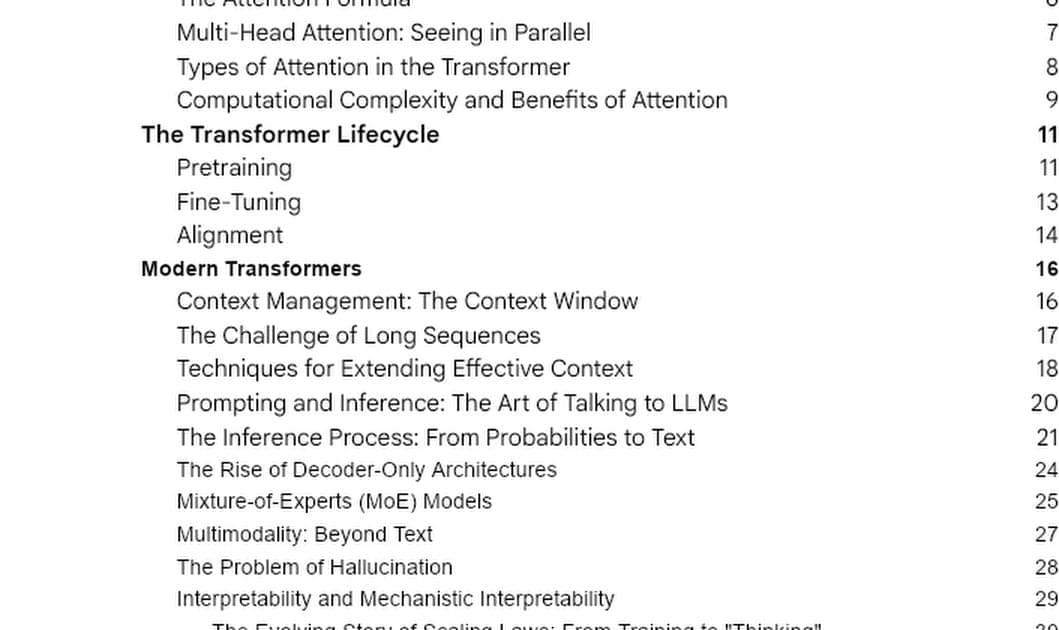Researchers in Chicago have developed a fabric that cools up to 16°F more than silk, reducing urban heat and dependence on air conditioning.


Manuel Landstorfer — Modeling Electrochemistry with Continuum Non-Equilibrium Thermodynamics.

The uncanny valley is narrowing. Are we ready for what comes next?




Elon Musk’s XAI has filed a lawsuit against a former engineer for allegedly stealing AI secrets worth hundreds of millions of dollars to benefit OpenAI, highlighting the intense competition and corporate espionage in the AI industry Questions to inspire discussion AI Security and Corporate Espionage 🔒 Q: How did the XA.
